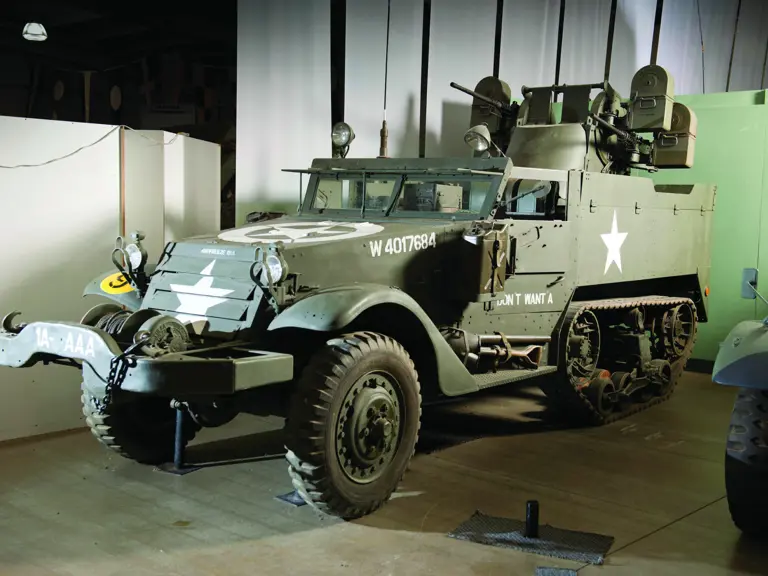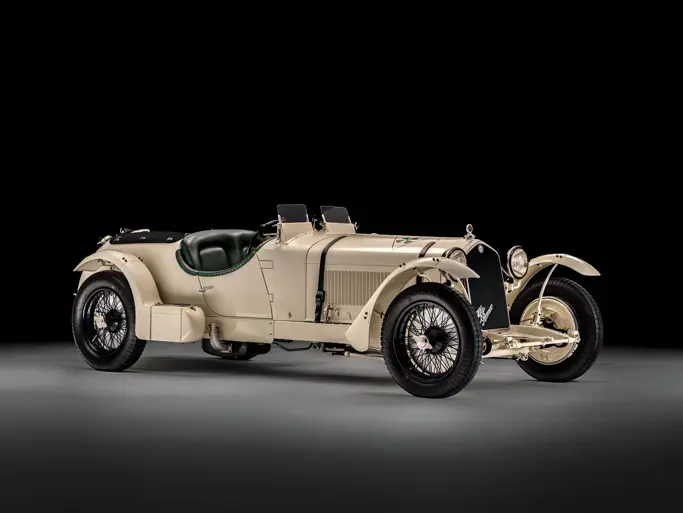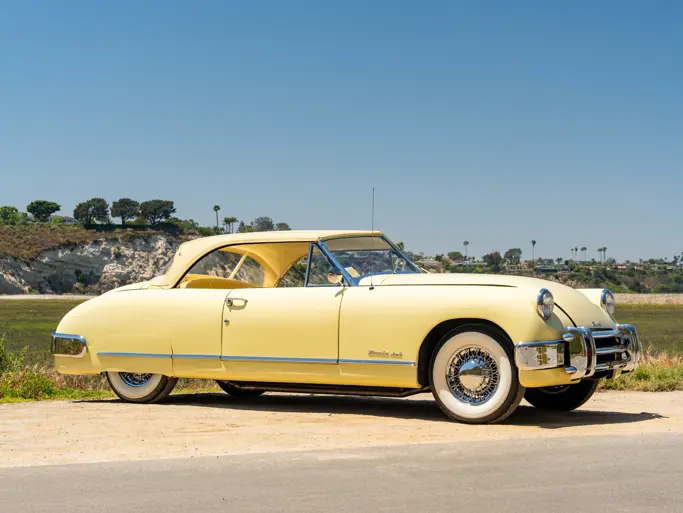
1944 White M16 Armed Motor Carriage
{{lr.item.text}}
$82,500 USD | Sold
{{bidding.lot.reserveStatusFormatted}}
- Manufacturer: White
- Production Year: 1944
- Engine: White 160AX, in-line, liquid-cooled, 148-hp six-cylinder
- Length: (with winch) 21-feet, 4-inches
- Width: 7-feet, 1-inch
- Height: 7-feet, 8-inches
- Weight: Approximately 10-tons
- Armor: 1/4-inch, all sides - 1/2 inch, window shield - 6-mm, M45 Maxson turret
- Armament: Two Browning M2 .50 caliber machine guns mounted on an M45 Maxson Turret - Demilitarized
- Maximum Road Speed: 40-mph
- Crew: Up to five
- Markings: U.S. 1st Army, Anti-Aircraft Battalion
Half-tracks were produced extensively by the United States during World War II. The initial production model, the M2, which entered service in 1940, was developed in direct response to the development and deployment of the German SdKfz 251-series half-tracks. The M3 half-track first entered service in 1941 and featured several changes from the M2. The body was 10-inches longer, and a rear door was added. The M3 half-tracks were primarily used as armored personnel carriers. As the war progressed, however, half-tracks were utilized in a wide variety of applications: armored ambulances, prime movers, radio command vehicles, self- propelled artillery and multiple gun motor carriages. The M3s were eventually superseded in production by the improved M3A1 and M3A2 models. The M16 was basically an M3 half-track with a powered, armored turret with four .50 caliber machine guns. (This example has two .50 caliber guns). The gunner sat at a 45-degree angle and controlled the turret and guns with handlebar grips and pedals. The hull was modified with folding side and rear armor plates. The M16 was intended to be an anti-aircraft weapon. However, many were utilized in ground-support roles. The guns on this vehicle are demilitarized.


 | Auburn, Indiana
| Auburn, Indiana


